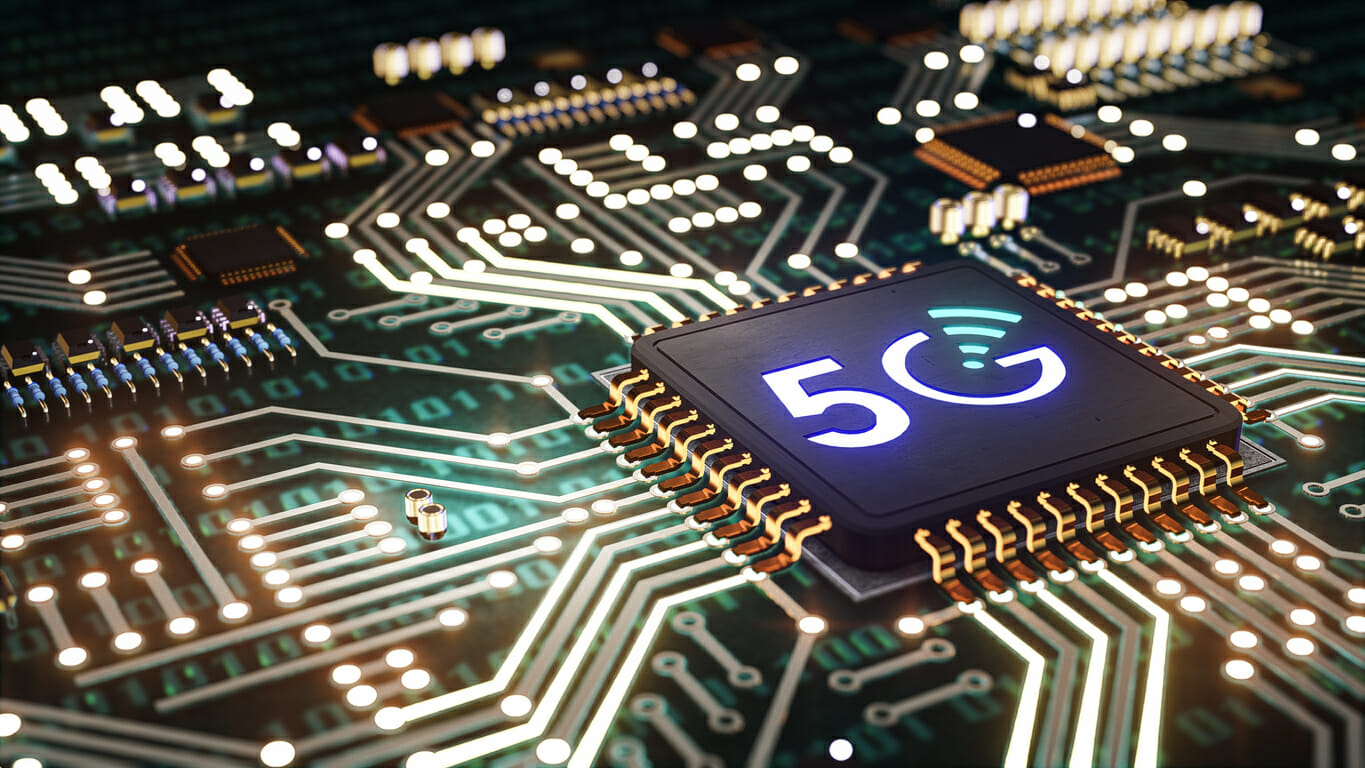As 5G becomes more available, it’s creating a technology chain reaction of sorts. Its high-speed, low-latency capabilities are unleashing a new species of IoT devices. These new devices consume—and generate—much greater volumes of information. If you don’t have a data storage plan to support it, it’s time to consider one.
The 5G Possibilities—and the Data They’ll Create
Consider the explosion of sensor/monitor data that you can capture and put to practical use. Think temperature, humidity, pressure, proximity, level, velocity and acceleration, optics, infrared, and far more. From industrial applications to immersive infotainment (virtual and augmented reality) to telemedicine and beyond, 5G will unleash new possibilities for the “Fourth Industrial Revolution,” the smart home, data-hungry AI/ML, and much more.
The value of this new data will often be the most significant nearest the point of its creation. Think of industrial robotics, logistics management, or vehicle-to-everything (V2X) communication and its capacity to reduce road accidents. With a greater volume of data generated and consumed at network endpoints, the center of gravity will begin to shift from the core of the cloud—both private and public— toward the cloud edge.
Enter the next reaction in this chain: changes in “data gravity.” When the generation and use of data was concentrated at the core of the cloud, its gravitational pull aggregated the compute and storage needed for processing. Everything had to be in relative proximity to the core. But with ever-increasing volumes of data located away from the core, expect compute and storage resources to migrate toward the data’s orbit—to the cloud edge.
To a degree, we’ve seen this phenomenon occur with content delivery networks (CDNs). Before 5G, CDNs could meet the needs of digital content rendering and streaming. But caching content ever-closer to the consumer continues to be part of the solution to latency challenges.
How Data Storage Can Keep up with the 5G-driven Edge
Those transactions were relatively simple when compared with what’s to come. The widespread use of 5G and the explosion of IoT devices that generate data that requires processing at the cloud’s edge will require far more complex edge-computing paradigms.
Several factors will drive this complexity, including:
- The sheer volume of data
- Expanded surface area of cyber risk driven by the increase in endpoints
- Emergence of performance-focused, edge-oriented applications
It’s essential to have a storage infrastructure that can meet the needs of 5G-driven cloud edge. A storage infrastructure includes:
- Best-in-class data-reduction capabilities
- Always-on data-at-rest encryption
- Performance levels unique to an all-flash architecture
It also doesn’t hurt if it’s super-simple to operate, capable of non-disruptive upgrades, and provides a seamless bridge between core, edge, and private cloud—and Pure Storage® delivers.
![]()




